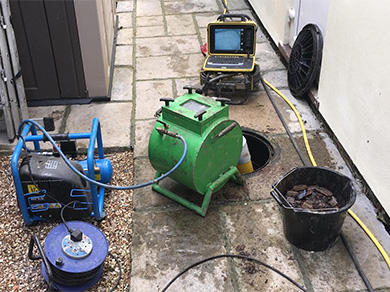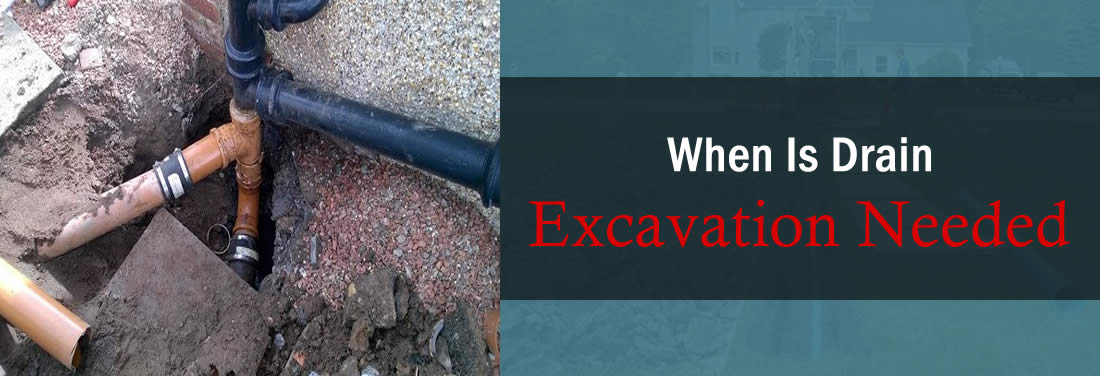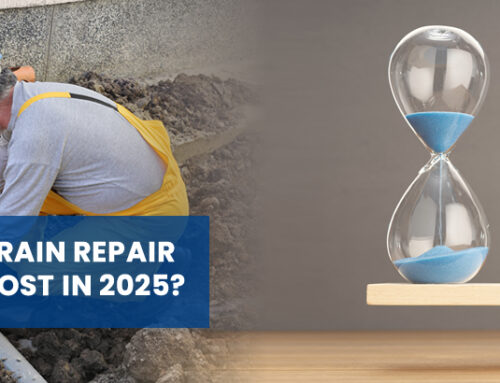Drain excavation is the process of digging through the ground to get access to a problematic drain line. No one likes drain excavation because it means digging a piece of your property, can be costly, involves a lot of work, and leaves a lot of mess afterward.
Not all drain problems require excavation, but sometimes, major drain problems need one. Most drain problems call for no-dig drain repair methods such as trenchless drain repair. These no-dig drain repair methods are affordable and are quickly done.
First signs of a damaged drainage system
It’s good to be acquainted with the first signs of drain damage because then you’ll be notified that there’s a minor problem that needs repairing before it could flare up into something serious. Fixing the minor problem right away would prevent excavations in the future. Below are some of the signs you should take note of:
Clogged drains – This is one of the most common and obvious drain problems in a household or commercial property. One of your drain lines is clogged when the water stops draining.
The water in your drains (sink, shower, toilet, and the likes) drains slower than usual – This is a minor sign that one of your drains is semi-clogged or is developing a build-up.
You smell a hint of sewer gas near the sinks and toilets – There is a problem in one of your sewer lines when you smell a sewer gas around your property. It could be that one of the lines has a crack on them or is broken. This situation is an emergency. It’s best to call a plumber immediately.
You see cracks or sinkholes on your property – When a drain line is damaged, it’s sometimes evident in the soil. The damage rarely causes a sinkhole but not impossible.
Unexplained vegetation, mosses, or patches of grass growth on your property – A leaking pipeline fertilizes a patch of ground above it. This explains the growth of untended patches of mosses, mushrooms, foliage, or grass.

When is excavation necessary?
Non-invasive options such as trenchless drain repairs only repairs and fixes minor to semi-severe drain problems. For replacement purposes, such as replacing a whole junction of pipe or drain, you’ll need a ground excavation. Here are some of the drain-problem scenarios needing excavation:
- If a junction or joint of a pipeline is broken beyond repair.
- If the damaged area is too severe that a line of a pipe needs to be replaced.
- If the problem is too long and too far away for the trenchless lining to reach.
- If the pipe material does not support the no-dig method.
- If the soil surrounding your pipe affects the line adversely.
- Drain clogs or blockages that’s impossible to clear up by no-dig methods.
- Tree roots invading the space of your drain line.
Engineers or drain specialists would, as much as possible, go down the safe and affordable route, which is lining. However, you might need to resign to the fact that you’ll need excavation when the situation needs one.




